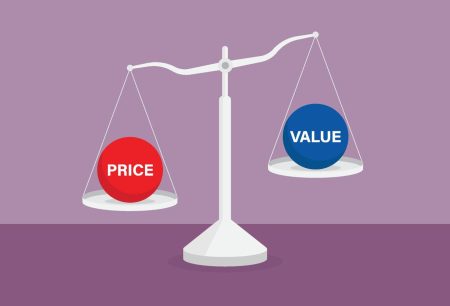Hurricanes often damage oil refineries, causing prices of fuels like gasoline to soar. Hurricane Idalia, which made landfall in Florida on Wednesday, looks like it will be an exception. In fact, there’s a chance that the net effect of the hurricane actually will be to drag fuel prices lower.
Previous hurricanes—such as Hurricane Harvey in 2017 and Hurricane Ida in 2021—had major impacts on refineries, inflicting damage and causing several facilities to shut down. Harvey damaged refineries owned by
Exxon Mobil
(ticker: XOM), among others, causing more than 4 million barrels of refining capacity per day to go offline temporarily. Total U.S. refining capacity is about 18 million barrels. Gasoline prices rose about 20 cents per gallon in the days afterward.
This time looks like it will be different. Idalia’s path is pulling it away from most Gulf of Mexico refineries, with the storm heading up the East Coast in a direction that will likely spare major U.S. refineries. But that doesn’t mean it will have no effect on fuel prices. There’s a good chance that the hurricane will actually restrain fuel prices, because it’s hitting major population centers that use a lot of fuel.
People are hunkering down or evacuating as the storm passes over, and business activity in Florida and Georgia will likely decline for a few days.
Florida alone accounted for about 6.6% of U.S. gasoline consumption and 3.9% of diesel consumption as of 2021, according to Tudor Pickering Holt analyst Matthew Blair, who used data from the Energy Information Administration. Blair expects the hurricane to be “a small headwind for the refining space.”
Refiners have been in strong shape this year, and the hurricane isn’t likely to change that trajectory much. Their stocks have risen more than the broader energy sector. The
VanEck Oil Refiners ETF
(CRAK) is up 11% so far this year, versus the
Energy Select Sector SPDR Fund
(XLE), up 5%.
While refiners’ margins are below the record levels they hit shortly after Russia’s invasion of Ukraine last year, they have stayed strong as jet fuel demand has risen and economic activity in several parts of the world has rebounded from the days of Covid-19 restrictions. Some refinery outages—not related to hurricanes—have also reduced capacity.
Diesel cracks, or the margin between the cost of oil and diesel, has rebounded above $50 from below $20 in May, according to Bank of America.
“Since [May], diesel cracks have performed exceptionally well, as persistent refinery issues and a recovery in jet fuel demand offset soft diesel consumption, keeping inventories tight,” wrote Bank of America analyst Francisco Blanch.
Write to Avi Salzman at [email protected]
Read the full article here















